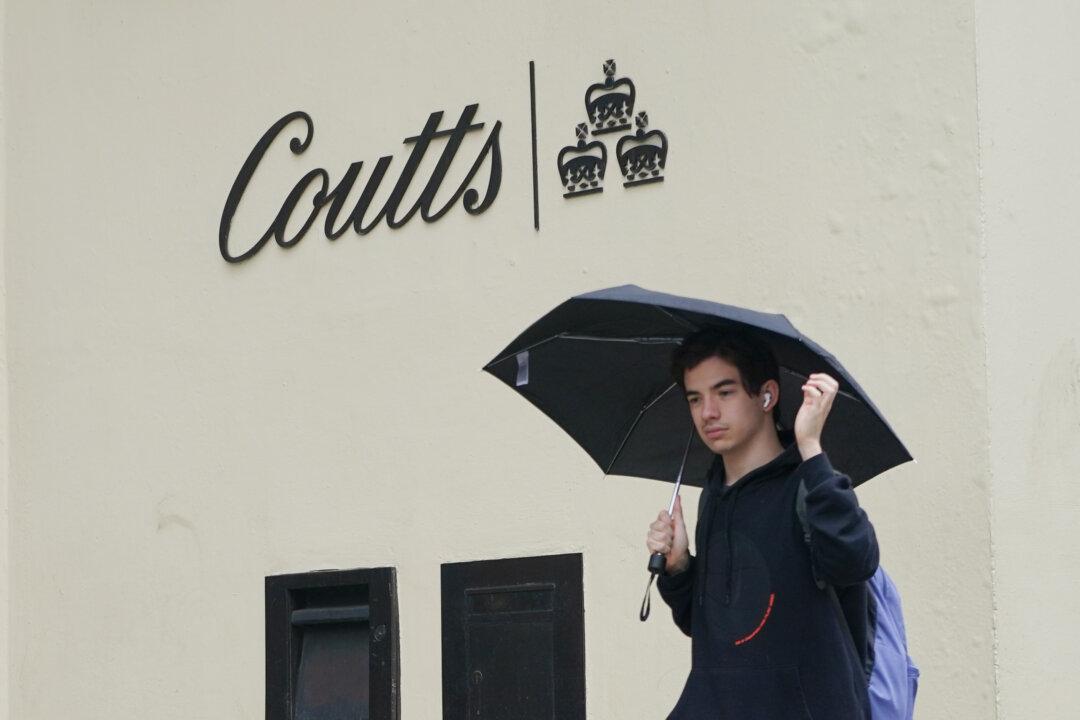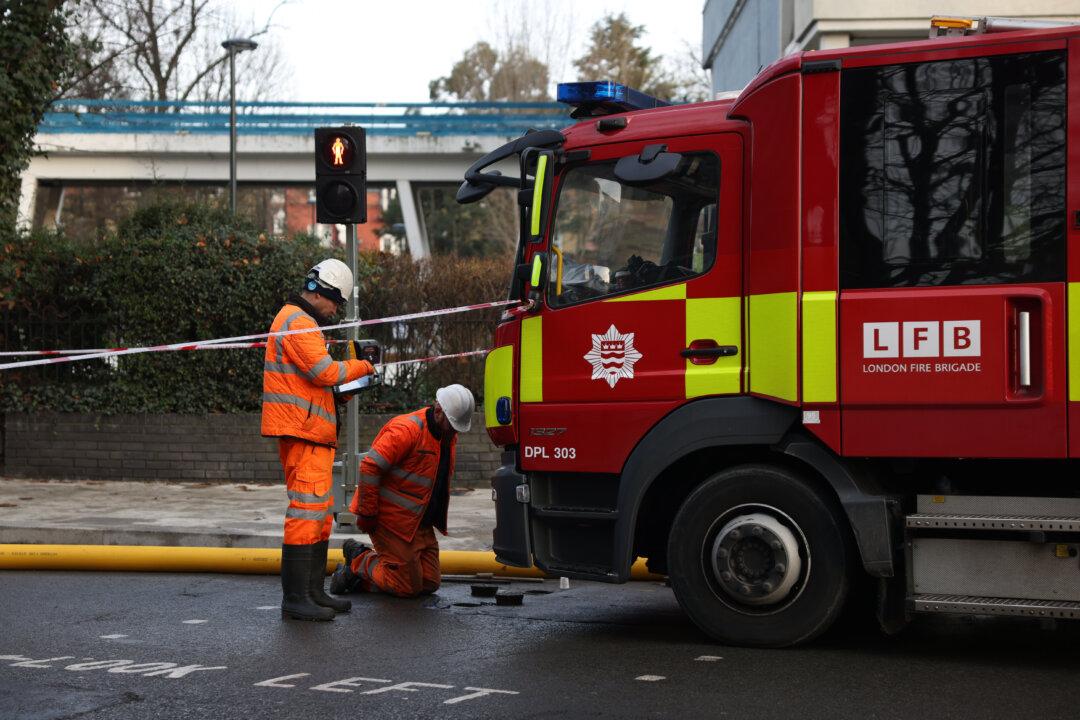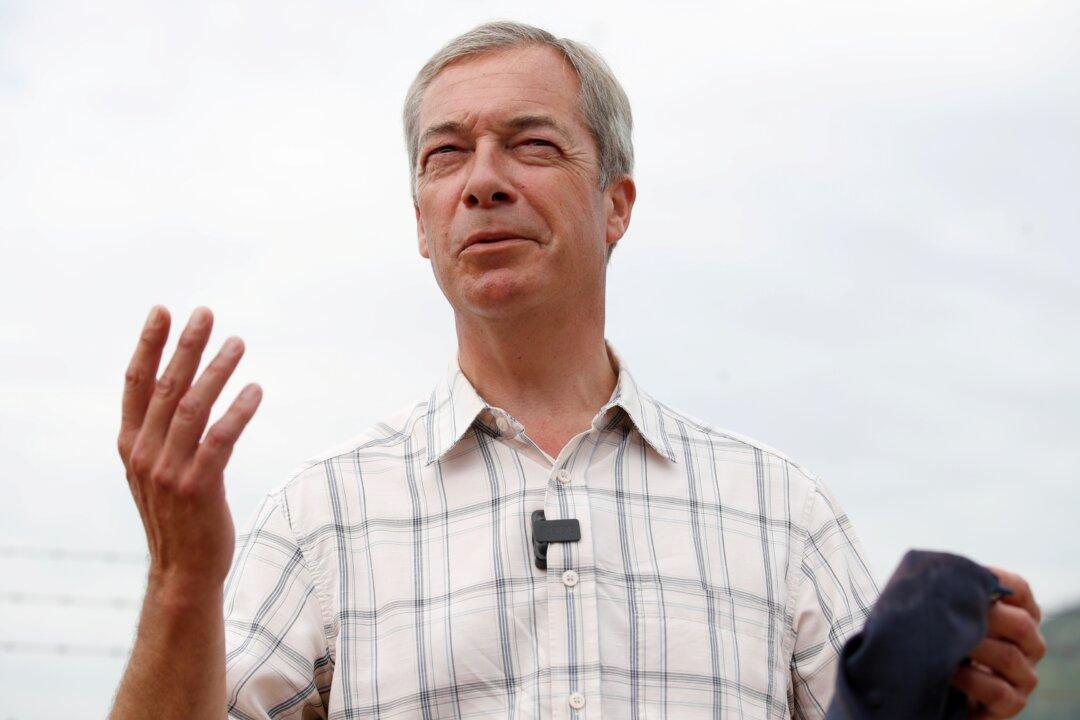People who cause criminal damage to memorials in the UK will face jail terms of up to 10 years under a new bill being discussed in the British Parliament.
Currently, the maximum sentence for such offences is three months if the value of the damage is less than £5,000 ($6,941), according to the Sentencing Council.





